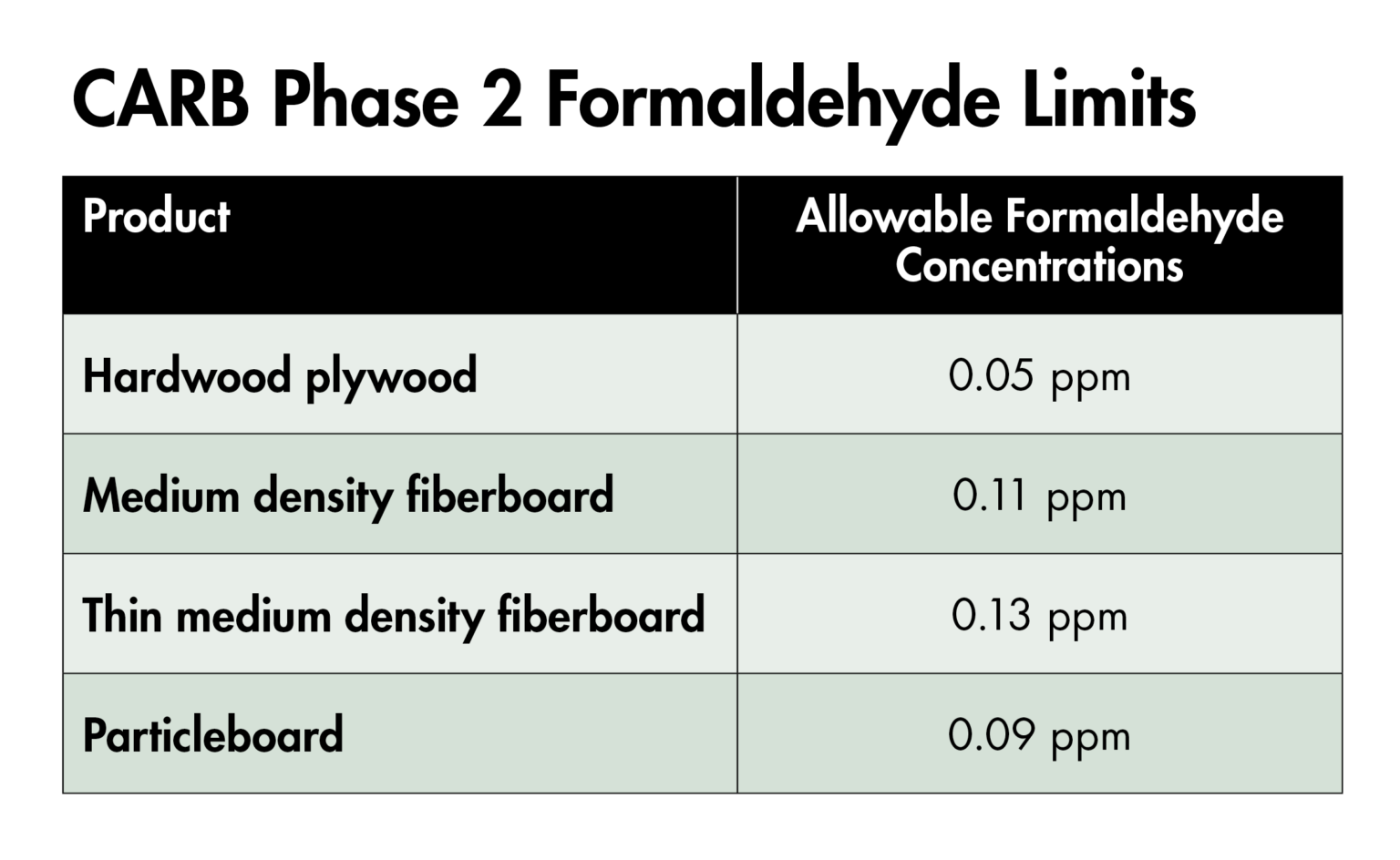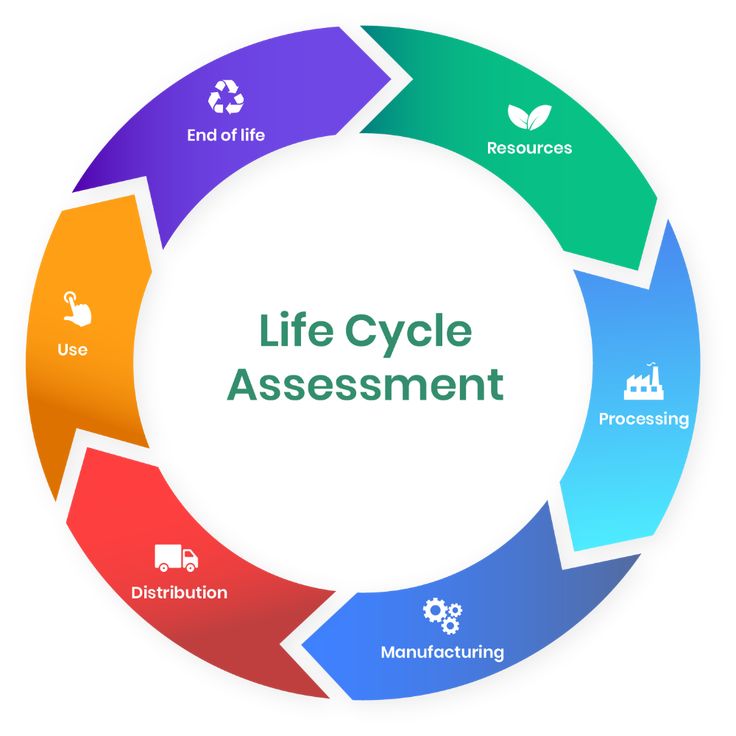
Safeguarding health and compliance: the importance of formaldehyde emission control in composite wood products
Formaldehyde is a chemical widely used in the manufacturing of composite wood products, such as particleboard, plywood, and medium-density fibreboard (MDF). While it plays a critical role in binding wood particles together, its emission into the environment poses significant health risks.. Read More
Life Cycle Assessment (LCA) – A Way to Sustainable Reporting and Business

Businesses all over the world are striving to establish a balance between economic growth, environmental conservation, and social responsibility. Many organisations use Life Cycle Assessment (LCA) methods to accomplish this, which are a strong and comprehensive approach for analysing the environmental consequences of products, services, and activities throughout their entire life cycle. LCA tools now complement sustainability goals and enable organisations to make informed choices that promote good change
Every individual in the industry holds a whole life responsibility. We must be conscious that our actions will have unexpected consequences, and it is our responsibility to evaluate the entire scope of the consequences. LCA can help us design a more sustainable and equitable future by approaching our work with consciousness Read More

Certifying composite wood products with CARB (California Air Resources Board) and TSCA (Toxic Substances Control Act) Title VI certifications offers several crucial benefits, ranging from environmental considerations to ensuring the health and safety of end-users. Here are key reasons to certify products with these certifications:
1. Environmental Responsibility: CARB Certification: Ensures compliance with strict air quality standards, particularly focusing on reducing formaldehyde emissions. This contributes to overall environmental sustainability.
TSCA Title VI Certification: Demonstrates adherence to federal regulations, ensuring that composite wood products meet rigorous standards for formaldehyde emissions, promoting environmentally responsible manufacturing Read More
Expected to show good growth in Wood Panel Industry

The CARB & EPA TSCA Title VI Certification program certifies composite wood in accordance with California Air Resources Board (CARB) Airborne Toxic Control Measure (ATCM) to reduce formaldehyde emissions from composite wood products with accordance to sections 93120-93120.12 and Environmental Protection Agency (EPA) Toxic Substances Control Act (TSCA) Title VI, 40 CFR Part 770. They both have the same goal of protecting public health, protecting ecological systems, and reducing climate change by limiting emissions of toxins into the air Read more
Global Wood Based Panel Market: Market Dynamics

Increasing the use of wood-based panel in various applications whole over the world is expected to be a major factor operate the growth of the global wood-based panel market. In addition, currently people are more interested in interior designing and hence the increase in demand for interior designing and furniture in developed and developing economies for global wood-based panel market over the prognosticate period. Apart from this, the increase in the investments of residential and commercial construction activities across the major geographies are expected Read more
Programme for the Endorsement of Forest Certification
The California Air Resources Board (CARB)


PEFC stands for the Programme for the Endorsement of Forest Certification. It is an international non-profit organization that promotes sustainable forest management through independent third-party certification. The PEFC provides a framework for the assessment and recognition of forest certification systems to ensure they meet internationally accepted sustainability criteria.
PEFC does not directly certify forests but instead endorses national and regional forest certification systems that comply with its requirements. These systems, in turn, certify forest management practices and products derived from certified forests, such as wood and paper products.
The PEFC certification aims to address environmental, social, and economic aspects of forestry, promoting responsible and sustainable practices. By endorsing credible certification systems, PEFC contributes to the conservation of forests, biodiversity, and the well-being of communities that depend on forests for their livelihoods. The PEFC logo on a product indicates that the wood or paper comes from a sustainably managed forest according to the PEFC standards. Read more
The California Air Resources Board (CARB) plays a pivotal role in the state’s efforts to combat air pollution and address climate change. With a comprehensive approach to regulating air quality and reducing greenhouse gas emissions, CARB has become a model for environmental agencies worldwide. In this 2000-word article, we’ll delve into the history, functions, achievements, and challenges of the California Air Resources Board.
Origins and Evolution:
The roots of CARB can be traced back to the 1960s when California faced severe air quality issues, particularly in major urban centers like Los Angeles. Smog, primarily caused by vehicular emissions, became a pressing concern, affecting public health and the environment. In response, the state government took decisive action by establishing the California Air Resources Board in 1967 under the Mulford-Carrell Air Resources Act. Read more
